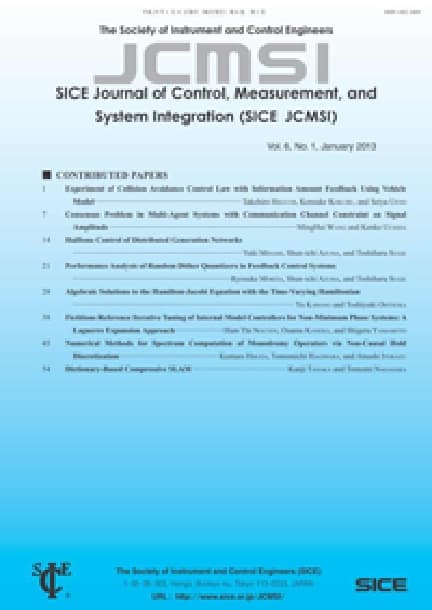Analysis of Active Sounds for Fire Localization
Yasushi IWATANI, Shoji KASAI, Hiroyuki TORIKAI
pp. 277-281
DOI:
10.9746/jcmsi.10.277Abstract
Localization of fire in smoke environments enables fire-fighters to perform fire-fighting operations safely in a short time, and it is also required to develop autonomous fire-fighting robots. This paper provides a sound property available for fire localization by investigating sound transmission through flame-air interfaces, sound transmission across a gas flow whose gas density is different from the air, and sound transmission in smoke. Sound analysis is performed for several sound frequencies, heat release rates and concentrations of smoke. It is shown that sound through flame fluctuates, and the fluctuation range does not depend on the sound frequency, the heat release rate, or the combustion process. Sound through flame can be distinguished from sound through gas-flow or smoke. The sound property shown in this paper informs the existence of flame in the sound path.









